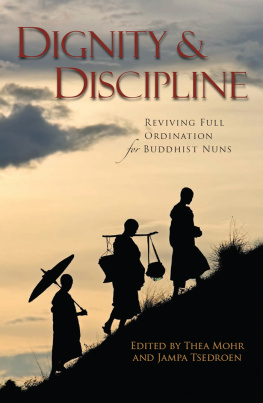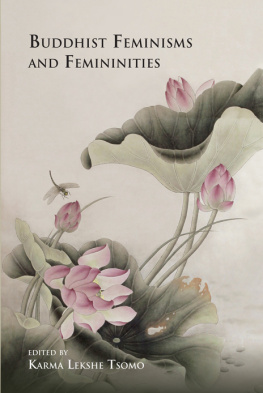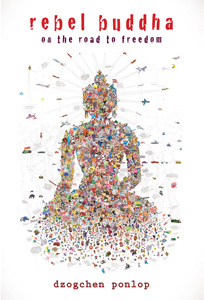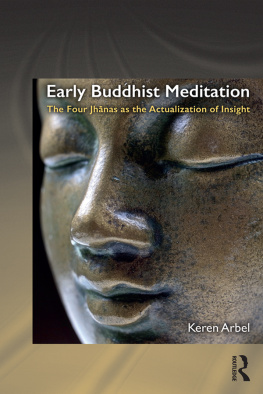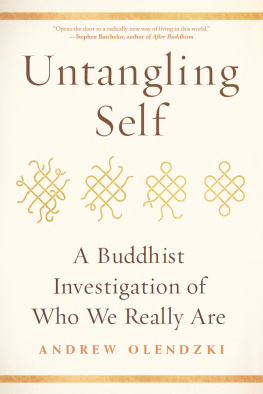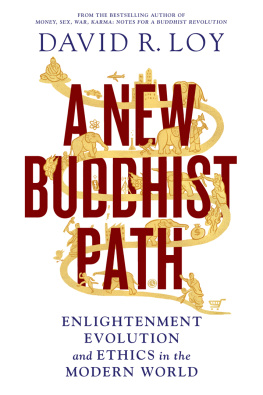Eminent Buddhist Women
Eminent Buddhist Women
Edited by
Karma Lekshe Tsomo
Cover art by Margaret Anne Smith
Published by State University of New York Press, Albany
2014 State University of New York
All rights reserved
Printed in the United States of America
No part of this book may be used or reproduced in any manner whatsoever without written permission. No part of this book may be stored in a retrieval system or transmitted in any form or by any means including electronic, electrostatic, magnetic tape, mechanical, photocopying, recording, or otherwise without the prior permission in writing of the publisher.
For information, contact State University of New York Press, Albany, NY
www.sunypress.edu
Production by Diane Ganeles
Marketing by Anne M. Valentine
Library of Congress Cataloging-in-Publication Data
Eminent Buddhist women / Edited by Karma Lekshe Tsomo.
pages cm
Includes bibliographical references and index.
ISBN 978-1-4384-5131-2 (hardcover : alk. paper)
ISBN 978-1-4384-5130-5 (pbk. : alk. paper)
1. Buddhist womenBiography. 2. Buddhist nunsBiography. 3. Women in Buddhism. I. Karma Lekshe Tsomo, 1944
BQ850.E65 2014
294.3092'52dc23
[B] | 2013022608 |
10 9 8 7 6 5 4 3 2 1
Contents
Karma Lekshe Tsomo
Chapter 1
My Sisters Future Buddhahood: A Jtaka of the Buddhas Lifetime as a Woman
Karen Derris
Chapter 2
Two Generations of Eminent Nepalese Nuns
Punyawati Guruma
Chapter 3
Brave Daughters of the Buddha: The Feminisms of the Burmese Buddhist Nuns
Cristina Bonnet-Acosta
Chapter 4
Pioneering Bhikkhun s in Contemporary Sri Lanka and Thailand
Tomomi Ito
Chapter 5
Bhikkhun Ta Tao: Paving the Way for Future Generations
Bhikkhun Dhammananda (Chatsumarn Kabilsingh)
Chapter 6
Eminent Nuns in Hue, Vietnam
Elise Anne DeVido
Chapter 7
Bhiku Nh Thanh: A Polar Star among Vietnamese Nuns
Thch N Nh Nguyt
Chapter 8
Bhiku Tr Hai: A Scented Lotus Life
Thch N Huong Nh
Chapter 9
Bhiku Hiuwan: Enlightening Society by Institutionalizing Buddhist Education
Yu-chen Li
Chapter 10
Pongnygwan: The Eminent Bhiku of Cheju Island
Hyangsoon Yi
Chapter 11
A Resolute Vision of the Future: Hyechun Sunims Founding of the National Bhiku Association in Korea
Eun-su Cho
Chapter 12
From Mountains to Metropolis: Sn Master Daehaengs Teachings on Contemporary Buddhist Practice
Hyeseon Sunim ( Kyunhee Lee )
Chapter 13
The Importance of Jetsun Mingyur Paldron in the Development of Sikkimese Buddhism
Kalzang Dorjee Bhutia
Chapter 14
The Legacy of a Female Sikkimese Buddhist Teacher: The Lineage of Pelling Ani Wangdzin and Gendered Religious Experience in Modern Sikkim
Amy Holmes-Tagchungdarpa
Chapter 15
Kunzang Drolkar: A Delog in Eastern Tibet
Alyson Prude
Chapter 16
Courage as Eminence: Tibetan Nuns at Yarchen Monastery in Kham
Padmatsho
Chapter 17
Nuns, kin s, and Ordinary Women in the Revival of Mongolian Buddhism
Karma Lekshe Tsomo
Chapter 18
Mummy-la: The Life and Accomplishments of Freda Bedi
Tenzin Palmo
Chapter 19
Bhiku Ruimiao: An Embodiment of Transcultural Values
Malia Dominica Wong
Chapter 20
What Is a Relevant Role Model? The Example of an Ordinary Woman Who Achieved Enlightenment
Rita M. Gross
Preface
This book has been a labor of love, not only for me but also for the many dear friends and colleagues who have taken part in this wonderful project. Many have been involved from start to finish. First, I would like to express my appreciation for the selfless dedication of the team who created, sustained, translated, and documented the Sakyadhita International Conference on Buddhist Women in Ho Chi Minh City in 2010, especially to Christie Yuling Chang, Yu-chen Li, Thch N Vien Ngan, Thch N Nh Nguyt, Bhikkhun Lieu Phap, Emily Mariko Sanders, Malia Dominica Wong, the Vietnam Bhiku Sagha, and to all those who support the global Buddhist womens movement. Mere words are insufficient.
This heartfelt effort to document the lives of exceptional Buddhist women has come to fruition because of the kindness of an outstanding team of conscientious and astute editors. Boundless thanks go to Margaret Coberly, Rebecca Paxton, Bhikkhun Adhimutti, Alison Hoffman, and Pamela Kirby for their diligence, expertise, compassion, and amazing turnaround time. Sincere appreciation also goes to Evelyn Diane Cowie, Anne Girard, Carol Stevens Gerstl, Constance Ellwood, Joy Fox, Karen Jensen, Kathleen Monaco, Mara Canizzaro, and many others who have helped along the way. Mahalo nui loa for your enthusiasm, encouragement, and friendship.
Immense gratitude also goes to the authors who so generously contributed their knowledge and insights. An international collaborative effort involving so many different languages and perspectives involves many riskslinguistically, philosophically, and politically. The contributors are to be commended for being courageous enough to venture those risks and for their patient cooperation throughout years of revision. In an attempt to preserve their original voices, I have retained their own use of either Pali or Sanskrit (for example, bhikkhun or bhiku ), with diacritics or without, and apologize for all errors in transcription.
It is a great joy to bring to light the stories of these extraordinary Buddhist women. Among others, I am delighted to preserve in these pages the lives of several of my own teachers, the bhiksuns Khechog Palmo, Hyechun Sunim, and Shig Hiuwan. The book is dedicated to them and to all the wonderful, often unheralded women who have kept alight the lamp of Dharma over many centuries. May their stories encourage other women on the path to awakening. May they also inspire the continual discovery of other stories and achievements of eminent practitioners whose voices have not yet been heard.
All merits derived from these efforts accrue to this spectacular team, while all flaws are entirely my own. May the merits be shared with countless beings throughout time and space. And may all sufferings derived from gender discrimination and other insidious forms of oppression be banished forever!
Introduction
Karma Lekshe Tsomo
For centuries, women have been relegated to live, practice, and teach in the shadows of far more visibly-placed men. History is dominated by the deeds, thoughts, and influences of men considered to be eminent, with the value of human achievement determined exclusively by the standards of men, the unfortunate method of assessment until recent times. But eminence can be interpreted in many different waysto define it as merely having visibility, power, and authority is to misunderstand the word. When the word is applied to the majority of women in Buddhist cultures, the definition expands to influential, important, notable, and superior. As in other spheres of life, women perform vital functions in religion throughout Buddhist communities in Asia and abroad.
For too long, the measure of what was true and valuable in the human experience ignored a crucial componentmillions of women who have loved, worked, fought, compromised, suffered, and succeeded in realizing their own highest potential, but who remain unknown to us simply because their stories were never deemed worthy of recording. When eminence is predicated on a larger set of qualities than those typically recognized as marks of achievement; when eminence recognizes inner qualities such as sincerity, warm-heartedness, kindness to children, care for the weak and disenfranchised, wisdom, tenderness, patience, and compassion, then the term eminence includes a host of individuals who existed and flourished throughout history but were overlooked, ignored, undervalued, or invisible simply because they were women.


